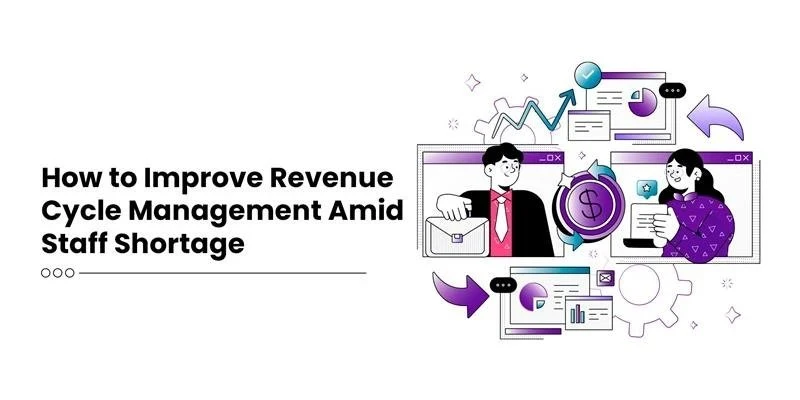Staffing Shortage in Healthcare: The Current Landscape!
According to a survey by American Hospital Association, job vacancies for several types of nursing personnel increased by up to 30% and for respiratory therapists by 31% between 2019 and 2020. Another report by Mercer has shown that there will be further shortage of up to 3.2 million healthcare workers by 2026.
Now, this shortage impacts almost every step of the revenue cycle—right from patient registration to final payment collection, which may eventually cause:
- More denials of claims: Understaffed departments always lack precision in coding and documentation; therefore, more denial claims tend to occur.
- Longer accounts receivable (AR) cycles: With less staff, the length of the time taken to process the claims and follow-up increases, thus increasing the time spent on payment collections.
- Reduced cash flow: Slow collection processes or delayed billing have a direct effect on the working capital available in the organization.
- Higher Operational Expenses: Healthcare facilities have to depend on expensive overtime and temporary staff for maintaining operations.
- Decreased Patient Satisfaction: Extended wait times coupled with overworked staff negatively impact the quality of services delivered to patients.
Learn how Pain Management Group Revenue Leaps by 30% with Streamlined Claims Filing.
6 Strategies to Enhance Revenue Cycle Management (RCM) Amid Staff Shortage
Now that you know the present scenario of the healthcare organizations and the repercussion of staff shortages in the longer term, here are six effective strategies to optimize your RCM processes:
Embrace Automation and AI Technologies
When hospitals become severely understaffed, it is imperative to rely on automation and AI technologies. There is no denying that intelligent automation solutions can make the process of eligibility verification, claims submission, and payment posting easier for organizations.
AI-based systems can automatically detect coding errors, predict denial claims, and even suggest corrections before claims are submitted. These technologies can handle the workload of many full-time employees, thus allowing them to focus on more complicated, high-value tasks requiring human judgment and expertise. This would increase accuracy and significantly take the burden off the staff’s shoulders.
Implement Strategic Workflow Redesign
Strategic workflow redesign, in simpler words means reviewing process on a timely basis to rationally reduce redundant workflows as well as ensure functional ineffectiveness. Healthcare providers must first check their entire revenue cycle to identify the most vital bottlenecks or procedures that can be consolidated or optimized. This would also include centralizing certain functions, standardizing procedures or even building particular teams for specific tasks.
High workflow efficiency is a route through which organizations can get maximum possible output from the existing workforce without letting errors and delays affect the RCM system.
Focus on Front-End Processes
Strengthening front-end processes will prevent downstream problems in the revenue cycle. For example, ensure that registration protocols of the patients are robust and also insurance verification and documentation at point of service are correct and accurate.
Organizations can also ensure clean claims by investing in front desk training and tools, which can certainly reduce the quantity of rework and follow-up required during a later stage of the cycle. This is also an effective approach to staying away from costly mistakes as well as reducing the workload on the billers and collection staff, often found overworking during the staff crisis.
Invest in Staff Development and Retention
From a competitive compensation package and continuous training opportunities to an openly communicated path for career advancement, healthcare organizations should support the staff in all possible ways.
Proper training of employees is also often recommended to help them stay ahead of the curve. Healthcare providers must regularly meet staff, prioritizing sessions of feedback, mentorship, and other forms of recognition so that their morale and satisfaction level increase.
Simply put, investments in staff well-being and professional development tend to lead to higher retention and performance rates.
Consider Strategic Outsourcing
Strategic outsourcing will help in keeping health organizations efficient without burdening their in-house team. Strategic partnership with the RCM service providers allows providers to hire resources which best suit the specific needs of the healthcare organization or system and avoid the overheads of hiring full-time in-house staff.
They can rely on outsourcing partners for specific RCM processes, such as denial management or collections. The rest of the core process would then be handled by staff working internally. Without any doubt, outsourcing is scalable, flexible, and addresses the increasing workload, without diminishing quality standards.
Implement Real-Time Performance Analytics
Performance analytics tools are also an intelligent move toward enhancing RCM when there is a staffing shortage. This can help the healthcare providers track not only key metrics but also trends of the organization in real time. With clear information on denial patterns, collection efficiency, and clean claim rates at the fingertips, providers can make immediate process improvements along the way.
Needless to say, regular analysis of data shows areas of concern that can be addressed even before they become huge problems, thus facilitating proactive problem-solving.
Wrapping Up
The future of healthcare revenue cycle management lies in striking the right balance between technology adoption and human expertise. While the staffing shortage presents significant challenges, it also creates opportunities for healthcare organizations to innovate and evolve.
By taking proactive steps toward modernization and efficiency, healthcare providers can not only survive but thrive in this challenging landscape. The key is to remain adaptable, embrace change, and prioritize both technological advancement and staff empowerment. Organizations that successfully implement these transformative strategies today will be better positioned to deliver superior patient care and maintain financial stability tomorrow.







